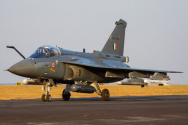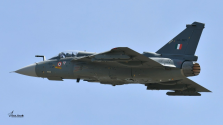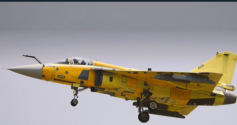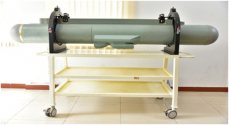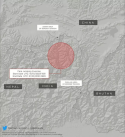83× Mk1A have already been inked and are slated to commence deliveries from Q1 2024-2025 as per IAF contracts and this year should likely see three Mk1A airframes as per the investor's call.Why IAF is not ordering more Tejas MK1A to increase squadron strength? Is it because Tejas uses American engines and in case of tension between India and US these engines may face maintenance issues?
But India is ordering 100 engines with spare parts so I don't think there is going to be maintenance issues for next 10 years atleast and after 10 years GTRE may come up with indigenous engine
You don't necessarily need to build your squadron strength with designated "light" fighters when you have more capable indigenous designs in the pipeline or better prospects of imports, since as I said already, the need is immediate.
On a side-note, as far as is known, three airframes were supposed to be or have already been configured to Mk1A standards (attachment 1,2,3,4) and ADA is also supposed to test iron-bird facilities this year. Also the GaN-based SPJ pod meant for Mk1A has also been delivered (Attachment 5), earlier one had drag issues.


